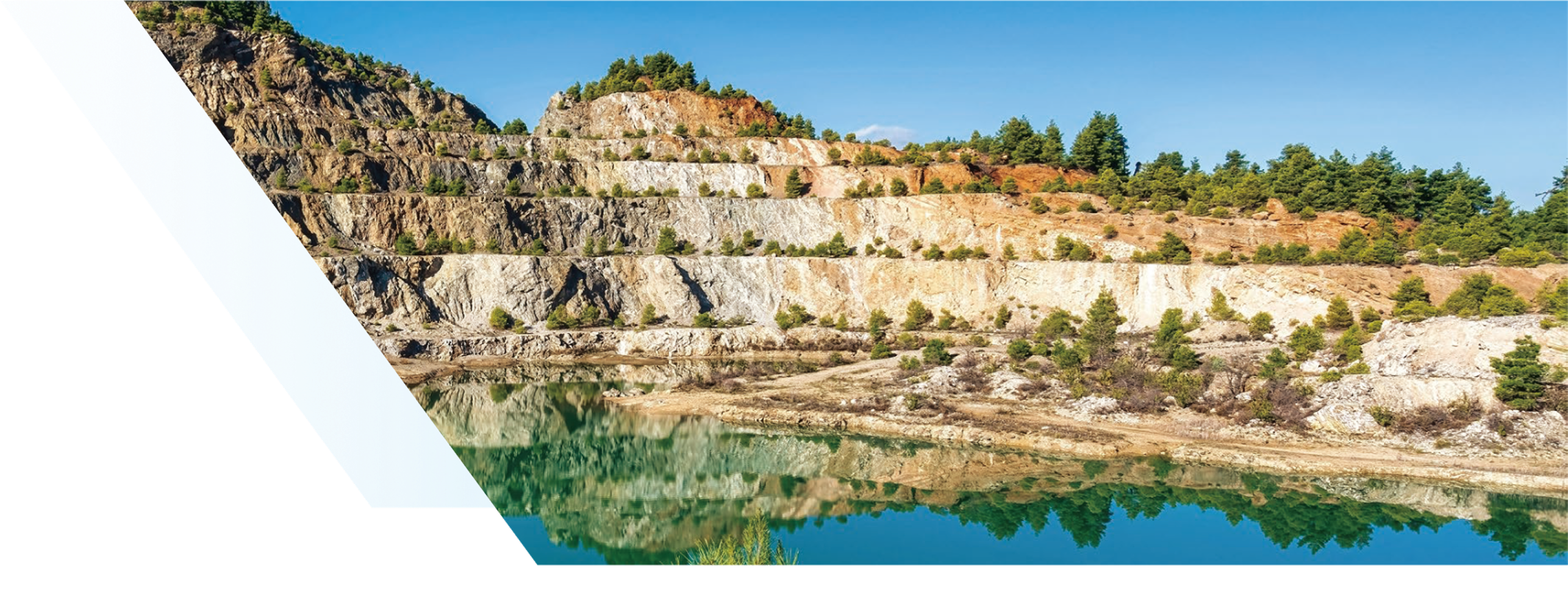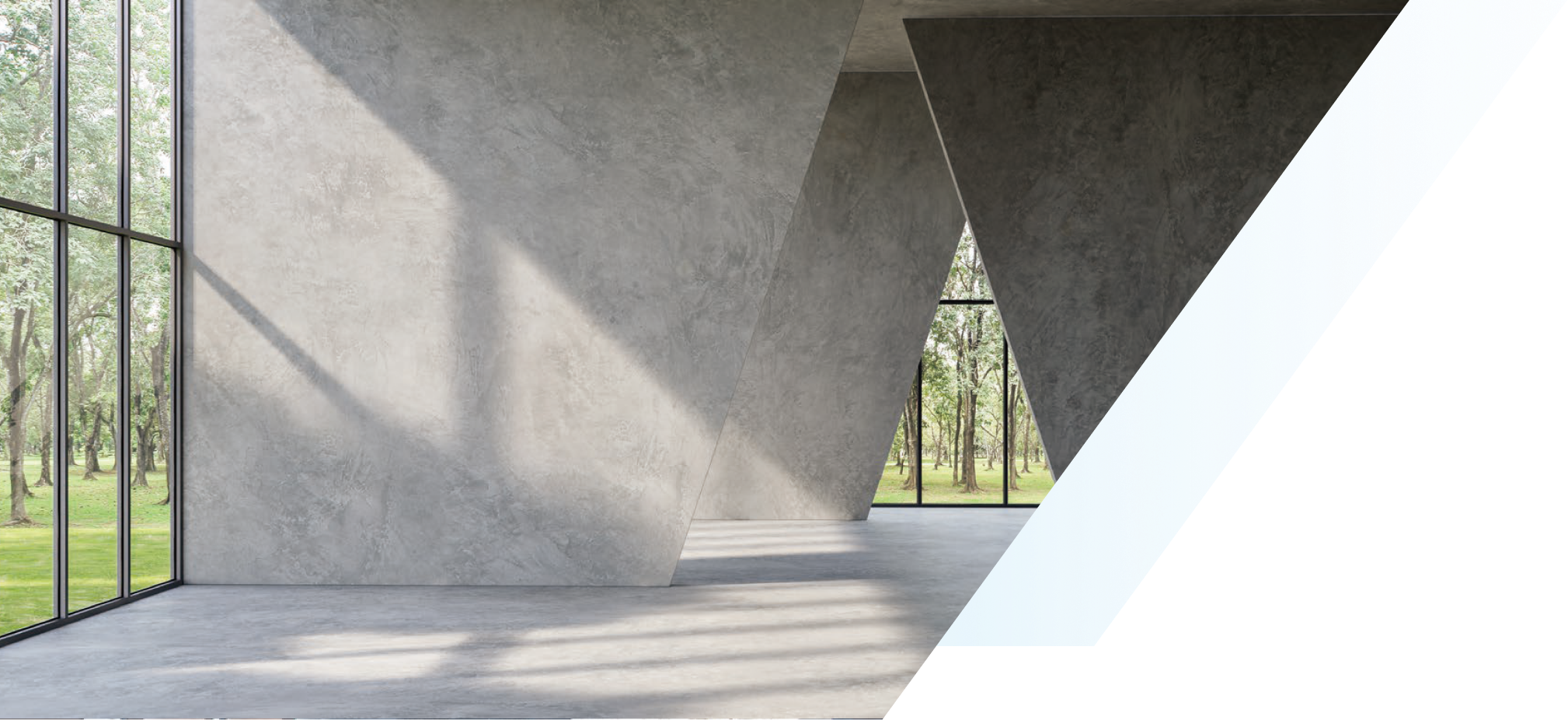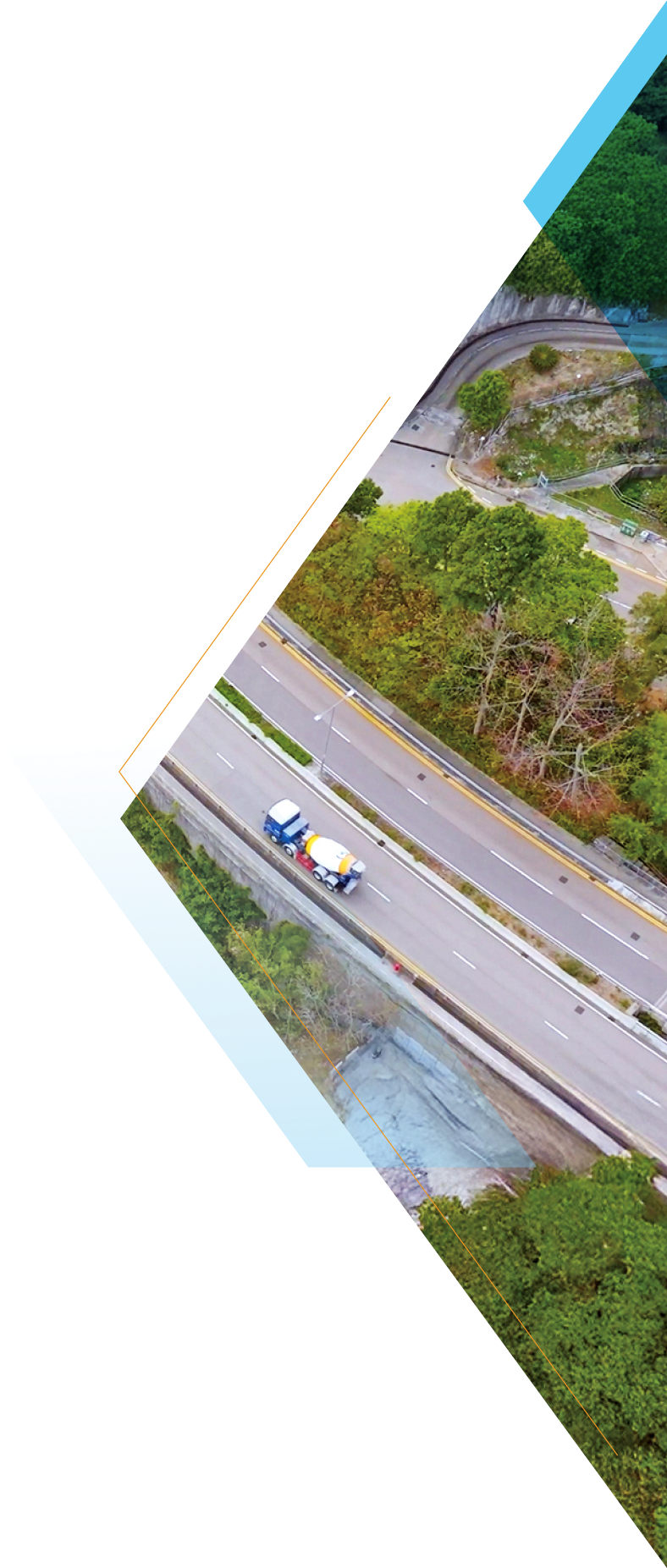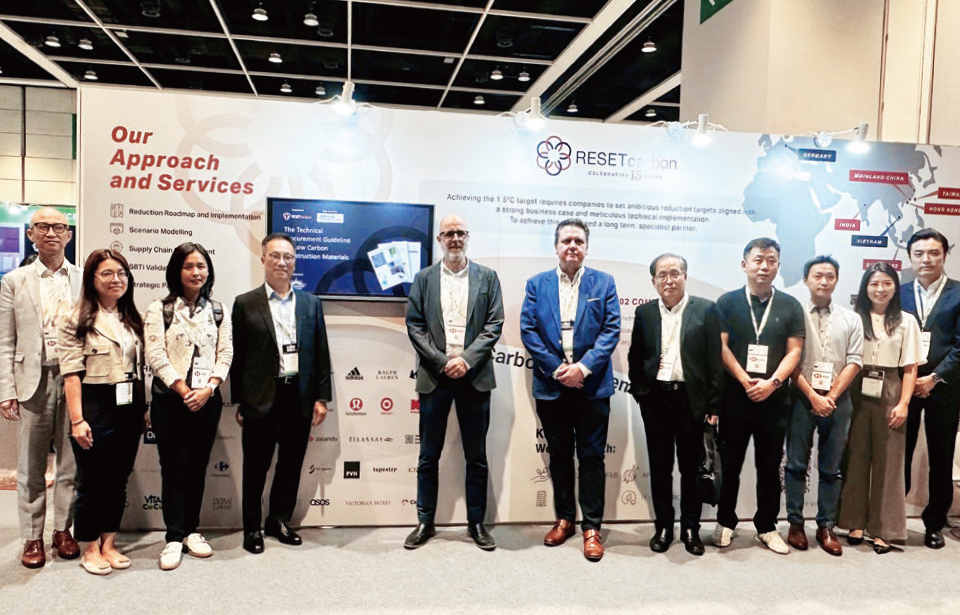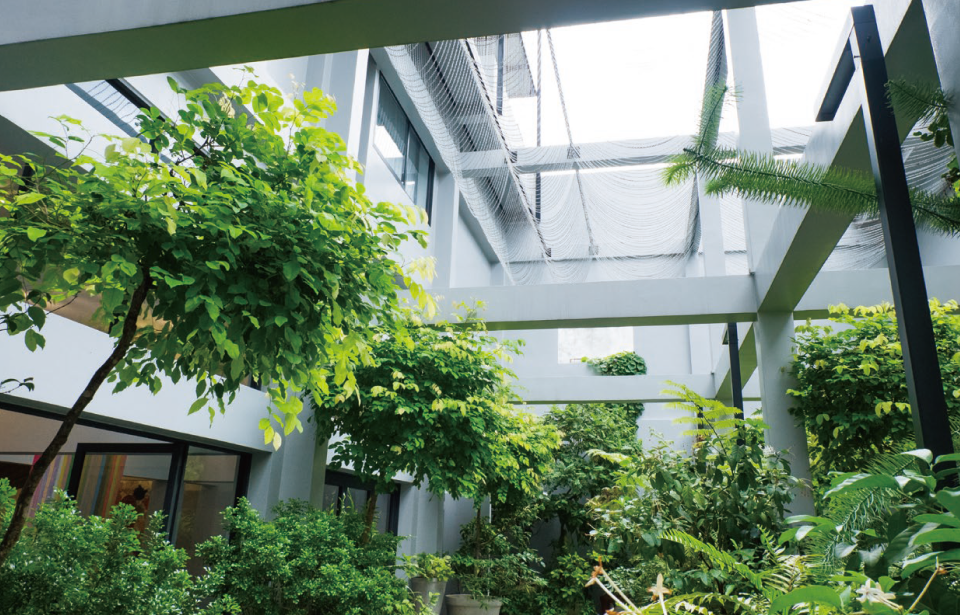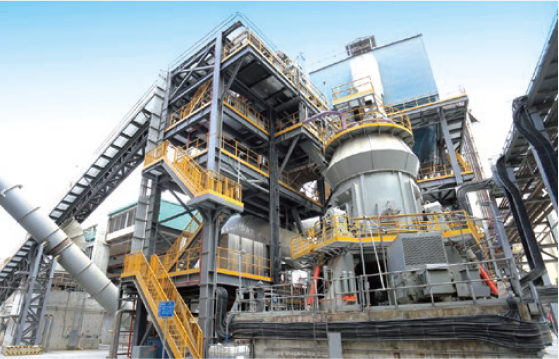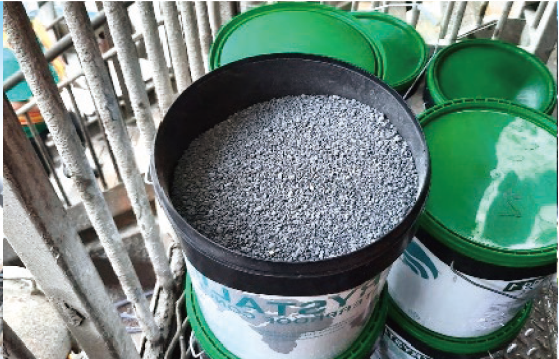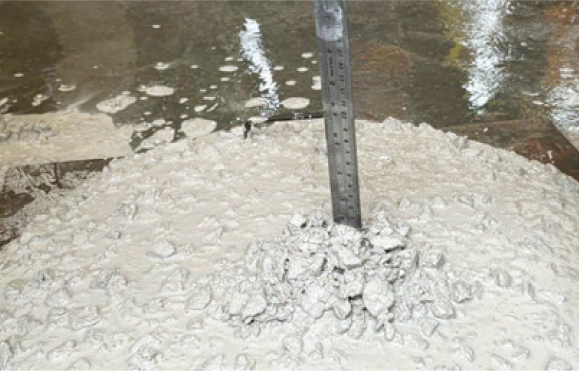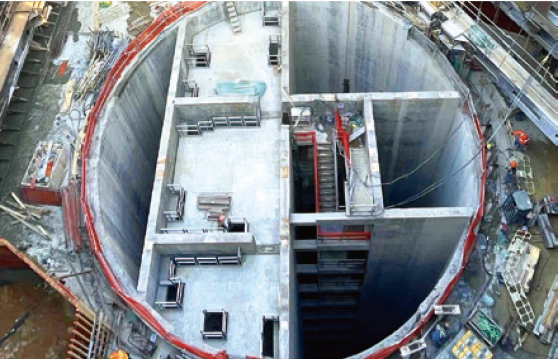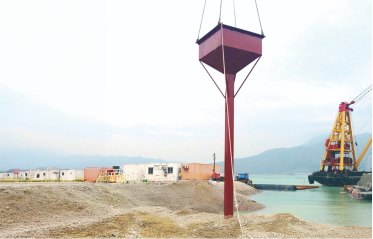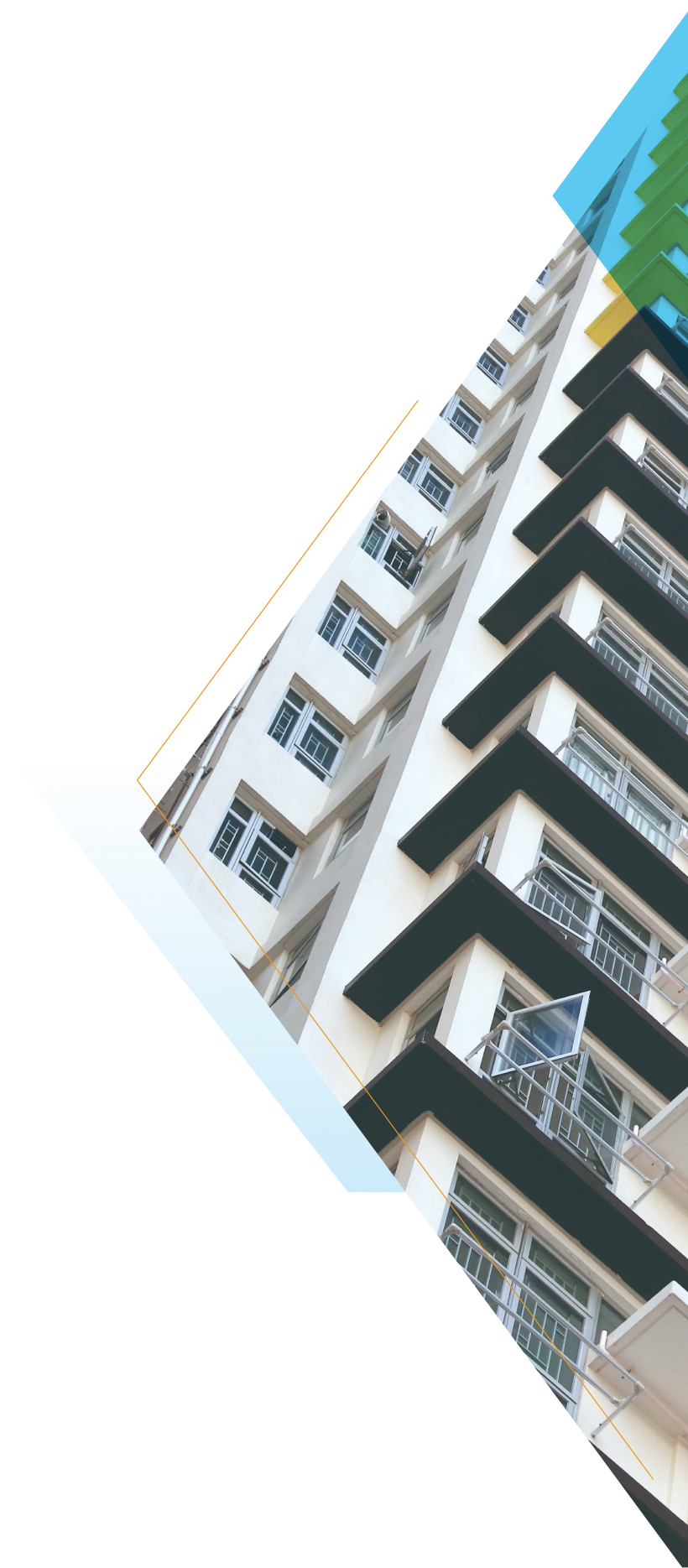Offering the Market With Low Carbon Concrete Solutions
The Hong Kong Exchange's mandate for sustainability reporting, now aligned with the International
Sustainability Standards Board (ISSB), significantly impacts policies aimed at reducing embodied
carbon in development projects. With the new requirements, listed companies must disclose their
Scope 1, 2, and 3 greenhouse gas emissions. This comprehensive reporting framework encourages
companies to identify and mitigate carbon-intensive activities throughout their value chains.
By committing to the Science Based Targets initiative (SBTi), companies are not only demonstrating
their dedication to climate protection but also taking actionable steps to reduce their carbon
footprints. This includes adopting low-carbon materials and construction methods, enhancing
energy efficiency, and investing in renewable energy sources. The increased transparency and
accountability fostered by these reporting requirements drive companies to innovate and implement
more sustainable practices, ultimately contributing to the reduction of embodied carbon in Hong
Kong's development projects.
However, feedback from stakeholders has indicated a lack of clear definitions for low carbon
materials and uncertainty about how to effectively reduce the embodied carbon of development
projects. To address these concerns, Alliance has obtained Green Product Certification and published
the Environmental Product Declaration for our concrete products, disclosing the embodied carbon.
In 2024, Alliance conducted benchmarking exercises to define low carbon concrete. Locally, using the
CIC Carbon Labelling for concrete, we set a 30% reduction of the average carbon emission as the
threshold for low carbon concrete, finding that 63.4% of our products met this criterion. Additionally,
benchmarking against the Global Cement and Concrete Association (GCCA) threshold of 5.5kg
CO2-e/MPA/m3 revealed that 37.7% of our concrete products were within this limit.
Despite the absence of a recognized threshold for low carbon concrete in Hong Kong, these
benchmarking exercises provide valuable insights into Alliance's progress towards net-zero. The
results underscore the need for accelerated carbon reduction actions to meet the targets, both for
Alliance and the broader industry.

